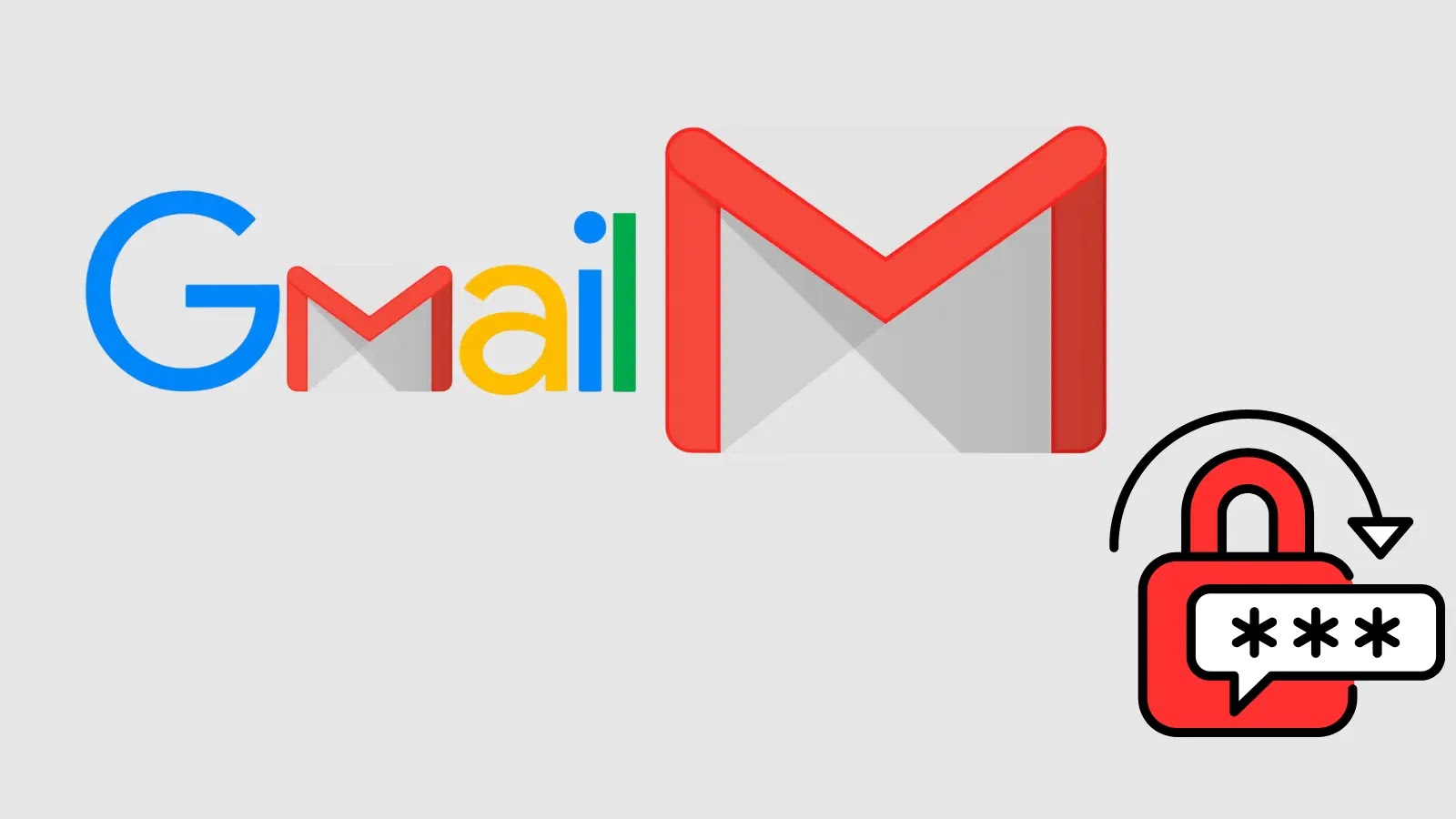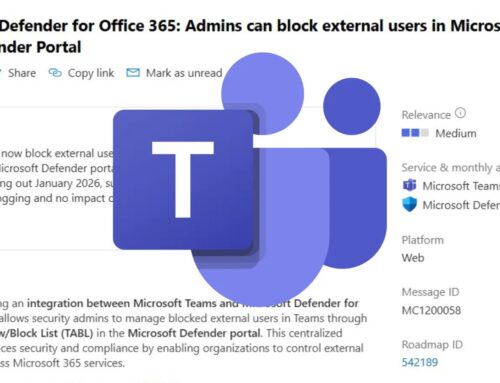
Google Warns 2.5B Gmail Users to Reset Passwords Following Salesforce Data Breach
Urgent Security Alert: Google Advises 2.5B Gmail Users to Reset Passwords After Salesforce Breach
A significant security incident involving a third-party Salesforce system has prompted Google to issue a widespread security alert, urging its 2.5 billion Gmail users to take immediate action to enhance their account security. This critical advisory underlines the persistent and evolving threat landscape, particularly concerning sophisticated phishing campaigns that leverage compromised data to target a massive user base.
The Salesforce Data Breach: Understanding the Impact
The incident in question occurred in June 2025, impacting a Salesforce system utilized by Google. While specific details regarding the nature of the compromised data are currently limited, the sheer scale of Google’s user base and the pre-emptive password reset recommendation suggest that user information, potentially including email addresses or other identifiers, may have been exposed. This exposure significantly elevates the risk of targeted phishing attacks designed to gain unauthorized access to Gmail accounts and other linked services.
It is crucial to understand that even if direct passwords were not compromised in this specific breach, the exposure of associated data can serve as a critical stepping stone for threat actors. Armed with seemingly legitimate contact details, attackers can craft highly convincing phishing lures, attempting to trick users into divulging their credentials on fake login pages or installing malicious software.
Amplified Risk: The Threat of Sophisticated Phishing Campaigns
Google’s primary concern revolves around the potential for “sophisticated phishing campaigns.” These campaigns distinguish themselves from generic phishing attempts by their highly personalized and convincing nature. Threat actors, leveraging data from breaches like the Salesforce incident, can:
- Spoof legitimate email addresses or domains, making it difficult for users to discern authenticity.
- Reference specific personal details or interactions to build trust and bypass typical security awareness.
- Redirect users to meticulously crafted fake login pages that mimic legitimate Google or Salesforce portals.
The objective of such campaigns is to trick users into voluntarily surrendering their Gmail credentials, which can then be used for a variety of malicious purposes, including identity theft, financial fraud, and further propagation of malware.
Remediation Actions: Securing Your Gmail Account and Digital Footprint
In light of this security alert, immediate and proactive measures are paramount for all Gmail users. Google’s recommendation of a password reset is a crucial first step, but a holistic approach to account security is essential.
Immediate Steps:
- Reset Your Gmail Password: Navigate directly to your Google Account settings or use the official password reset link provided by Google. Choose a strong, unique password that you do not use for any other online service. Consider using a passphrase (e.g., “CorrectHorseBatteryStaple%”) for enhanced security.
- Enable and Verify Two-Factor Authentication (2FA): If you haven’t already, enable 2FA for your Gmail account. This adds an extra layer of security, requiring a second verification method (e.g., a code from an authenticator app, a security key, or a text message) in addition to your password. Ensure your recovery options (phone number, recovery email) are up-to-date.
- Review Account Activity: Regularly check your Google Account activity for any unusual or unauthorized logins and app connections. If you spot anything suspicious, immediately revoke access and change your password.
- Be Vigilant Against Phishing: Exercise extreme caution with all incoming emails, especially those claiming to be from Google, Salesforce, or other trusted entities. Always verify the sender’s email address, look for inconsistencies in links, and never click on suspicious attachments. When in doubt, navigate directly to the official website rather than clicking on links in emails.
- Run Security Checks: Utilize Google’s built-in Security Checkup tool to review your security settings and identify potential vulnerabilities.
Ongoing Best Practices:
- Use a Password Manager: A reputable password manager can help you generate and securely store strong, unique passwords for all your online accounts, significantly reducing the risk of credential stuffing attacks.
- Educate Yourself and Your Team: Stay informed about the latest phishing techniques and cybersecurity threats. Regular security awareness training is crucial for both individuals and organizations.
- Regularly Update Software: Ensure your operating system, web browser, and all applications are kept up-to-date. Software updates often include critical security patches that protect against newly discovered vulnerabilities.
- Monitor Your Other Accounts: If you use the same or similar passwords across multiple services, this incident serves as a strong reminder to diversify your credentials immediately.
The Interconnectedness of Supply Chain Risk
This incident underscores a critical aspect of modern cybersecurity: the interconnectedness of supply chains. Even robust security postures within an organization like Google can be undermined by vulnerabilities in third-party systems. Organizations must adopt a comprehensive approach to vendor risk management, performing rigorous security assessments and ensuring that their partners maintain high security standards. This event highlights the importance of shared responsibility in the digital ecosystem, where a breach in one component can have far-reaching implications for millions of users.
Conclusion
The security alert issued by Google to its 2.5 billion Gmail users following the Salesforce data breach is a stark reminder of the persistent and evolving nature of cyber threats. While the immediate focus is on protecting individual accounts through password resets and 2FA, the broader implications highlight the critical need for vigilance against sophisticated phishing attacks and the robust management of supply chain risks. Prioritizing proactive security measures is no longer merely advisable; it is an imperative for safeguarding our digital lives.





